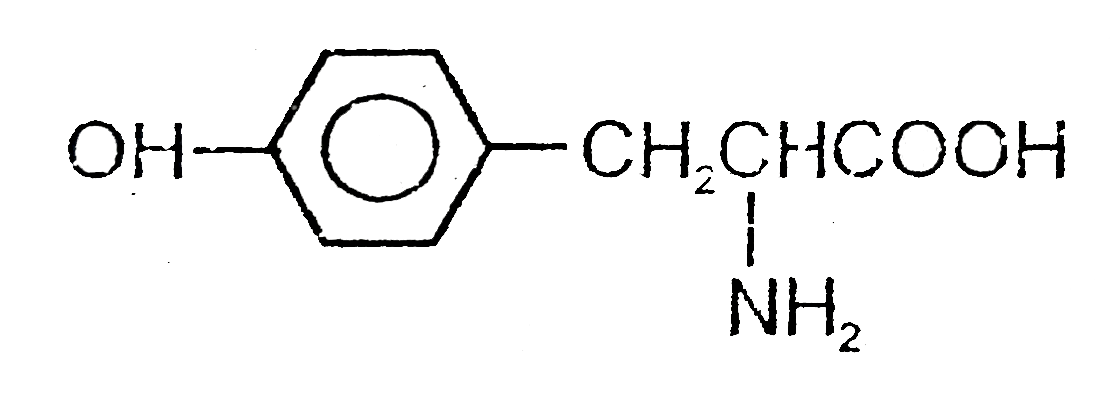
Which of the above is Zwitterionic form?
A
A
B
C
C
B
D
All
Video Solution
Text Solution
The correct Answer is:B
|
Answer
Step by step video, text & image solution for Which of the above is Zwitterionic form? by Biology experts to help you in doubts & scoring excellent marks in Class 12 exams.
Updated on:21/07/2023Similar Questions
Knowledge Check
What is the Zwitterion?
AThe carboxyl group can lose a proton and amino group can accept a proton in the aqueous solution with give rise to a dipolar ionBThe carboxyl group can accept a proton and amino group can lose a proton in aqueous solution which give rise to a dipolar ionCThe amino group can accept a proton and ester group can lose a proton in aqueous solution which give rise to dipolar ionDThy amino group can lose a proton in aqueous solution and ester group can accept a proton in aqueous solution which give rise to the dipolar ionConsider the following 1. Nebka 2. Lunette 3. Draa 4. Seif Which of the above are sand-dune forms?
A1 and 2 onlyB2 and 3 onlyC1, 3 and 4 onlyD1, 2, 3 and 4Which of the following exists as a zwitterion?
Ap-aminophenol salicylic acidBsalicylic acidCsulphanilic acidDethanolamine
Which of the above Maxwell's equations shows that electric field lines do not form closed loops ?
View SolutionWhat is the monomer unit of protein ? Give two examples of monomers , one of which contains sulphur. Write the zwitterionic form of one of them.
View SolutionAssertion (A) Amino acids react with acid and base both.
Reason ( R) In Zwitterionic form, amino acids show the amphoteric behaviour.
View Solution
Which is/are true for the above isomeric forms I and II respectively?
View SolutionWhich of the following forms cationic micelles above certain concentration ?
View Solution

